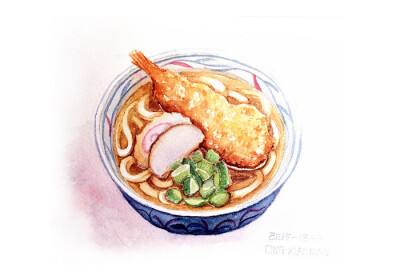3D printing in food processing
Fresh ingredients are fed into a 3D printer and dishes are created, a futuristic technology that is now a reality. The combination of delicious food and 3D printing technology has subverted people's cognition of traditional dining habits.
Meat and Livestock Australia says 3D meat printing is still a rare technology for the average Australian household, and in practical terms it does create added value opportunities.
Meat products can be used as "meat ink" after secondary cutting, trimming and by-products produced in the processing process. 3D food printers can produce high-protein food, greatly improving the nutritional value of the original food.
The MLA said the use of 3D food printing technology, which can produce food in a variety of shapes and sizes, would appeal more to older consumers than the traditional puree food served in nursing homes. Instead of one-size-fits-all product sales, manufacturers can launch diversified products and innovate business models to meet the needs of different market groups in different ways of getting nutrients.

Sean Starling, general manager of Research, Development and Innovation at the MLA, was quoted as saying that the Australian meat industry needed to improve its competitiveness in the global market, and that it needed to continue to incorporate new technologies to ensure the viability of the industry and expand the market to complete the value chain.
3D printed meat technology was born in the United States, with the aim of using "bio-ink" to produce special food, a kind of biological tissue engineering technology. Bioink refers to meat made from a mixture of different cell types; With "bio-ink" as the raw material, 3D printing is used to shape the raw material and process it in the bio-reaction equipment.
Using food printers to make food can not only greatly reduce the intermediate links of product production and avoid the impact of food damage in processing, transportation, packaging and other links to the greatest extent, but also enable chefs to develop personalized dishes with the help of this technology to meet different customer needs.
Meanwhile, 3D food printing technology has the potential to help people with swallowing difficulties.I believe that in the future, with the continuous improvement of 3D food printing technology, more surprises will be created for consumers.




